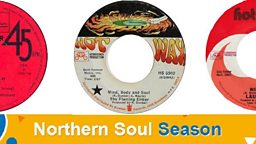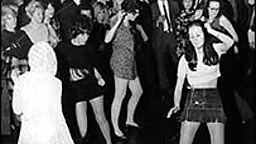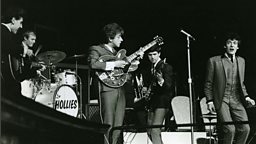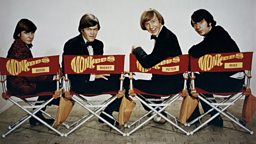Pye Records
by Bob Stanley
Pye, going against the spirit of its adventurous founders, was the last major label to release seven inch, 45rpm singles...
Aside from its university, Cambridge has become best known as a centre for technology in the last couple of decades. It comes as a bit of a shock that you can go right back to the nineteenth century and find the roots of the city's current boom. The Cavendish Laboratory is the university's Department of Physics; one day in 1896, one of the lab's employees, William Pye, decided to set up his own company making scientific instruments.
The company that ended up best known to Avids for its famous pink label - home to , , and - began to take off during the First World War. The war increased demand for thermionic valves, used in radio, from the War Office and this led to the company's expansion. By the time the ����ý was set up in 1922, Pye was well positioned to manufacture Britain's first wireless receiver.
Over the years, Pye moved into TV manufacturing, music centres, and portable record players - I've got a snazzy looking one hidden inside a briefcase, late 60s vintage. All this time, they were based in Cambridge, but with smaller factories all over East Anglia. TVs were made in Lowestoft, while a Pye transistor radio was dubbed the Newmarket. From the fifties onwards, though, it always seemed to be embattled, under threat from Japanese manufacturers or its own misfortune - Pye's VT14 tuneable television, launched in the mid fifties, was apparently so unreliable it tarnished the company name. It had the feeling of a budget company.
The record label was launched as Pye Nixa in 1955 - Pye had acquired the Nixa label in 1953, and when Petula Clark's father and producer Alan A Freeman (who later gave Brian Matthew his first Radio Luxemburg show) merged it with the Polygon label in 1955, the new label was born. Pye, going against the spirit of its adventurous founders, was the last major label to release seven inch, 45rpm singles - though, oddly, it did release EPs. November 1957 saw the purple Pye Nixa label appear for the first time, more than five years after EMI had taken the plunge.
The 'Nixa' suffix was dropped in 1960 - the first true Pye single being 's April Heart - and the familiar pink label was launched in June 1962 with Miki & Griff's This Time I Will Know. With a couple of variations - and the rise and fall of its sister label, Piccadilly - Pye would be pink until November '67 when it switched to a light blue label. Pink was the colour for Sweets For My Sweet, You Really Got Me, Have I The Right, Long Live Love and Baby Now That I've Found You, all number ones, as well as dozens of lesser known but equally great records (a couple of personal favourites: Maxine Darren's How Can I Hide It From My Heart and Thunder And Rain by Alan Dean & His Problems).
Pye's radio and TV arm was eventually bought out by Philips in 1976, while the record label was renamed Precision Records & Tapes (PRT) in 1980. Pye's last number ones had been 's dreary, conservative ballad One Day At A Time and Kelly Marie's cheeseball disco Feels Like I'm In Love; the switch to PRT felt like putting down an aged and poorly animal. It was sad, but inevitable.
-
![]()
Extra details and facts about some of the tracks played in this week's show.
-
![]()
Bob chats to Phil 'The Collector' Swern about how his collection started.

















































